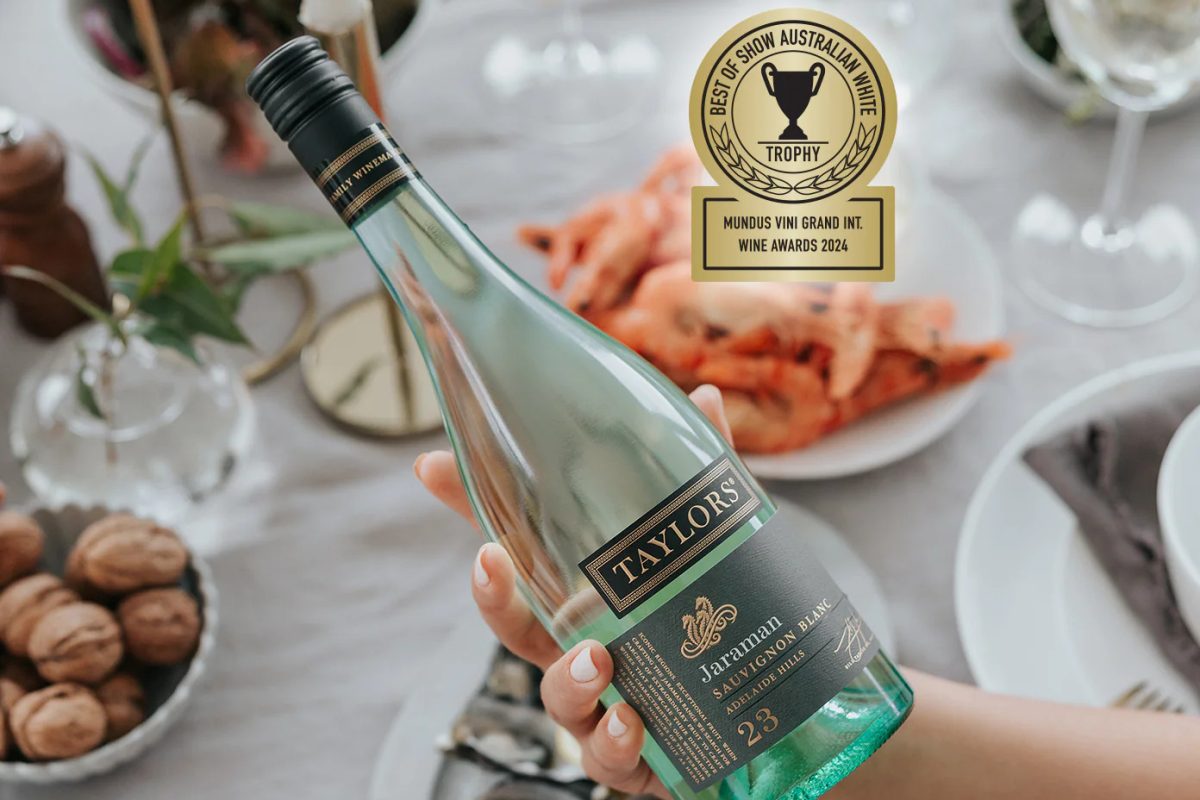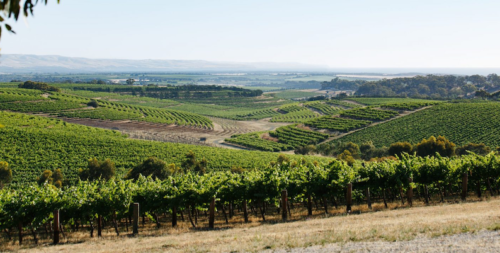I AM obsessed with the smell of things. Being heavily short-sighted might be part of the reason: perhaps my olfactory system has compensated for the fact that my vision is poor? What did one eye say to the other? Between you and me something smells!

I can chart some memorable moments of my past through smell: the first Aussie pub in Kings Cross that I visited with a decade’s fug of spilt beer and cigarette ash; the first time I smelt Youth Dew on my then girlfriend’s skin; the first sniff of an oloroso sherry, with nuts and yeast and marmalade all mixed together; the floral, wild strawberry aroma of the Burgundy from Cote d’Or that I tasted as a young wine waiter that started my lifelong love of pinot noir.
This triggering of memory is a matter that Proust in “Remembrance of Things Past” explores; the taste and smell of petite madeleine (a small lemon cake) sends the hero into a reverie of childhood memory. “The smell and taste of things remain poised a long time, like souls, ready to remind us.” With wine, this evocation is especially important.
Recently, I borrowed a 2010 book from the Woden library entitled “What’s a Wine Lover to Do?” by Wes Marshall. Albeit that its published in the US, it is a good read as it sets out a large number of questions and good simple answers about choosing, tasting and storing wine. Marshall notes the importance of the smell of wine: “When a person talks about the flavour of a wine, they are really judging two things – taste and smell – and, of the two, the aromatic part is much more powerful.”
The habit of smelling wine can be a bit strange, I suppose. Last Friday sitting at Brew and Brew and enjoying a glass of wine with my work buddies, one of my colleagues said that the wine she was drinking was outstanding. It was a Canberra wine, a 2016 Sholto fume blanc. This is a California-style sauvignon blanc that avoids the extremes of the fruitiness of Kiwi wines and the “wet rocks” flavour of the French sauvignon blancs. Anyway, I asked if I could smell the wine – which prompted “Oh, you can have a taste”. “No,” I said, “I’ll learn more from the smell.”
This rash statement is vested in reality, not my eccentricity: the flavour of wine is not only experienced via the tongue. In fact, the mouth distinguishes only rudimentary information on sweetness, saltiness, sourness and bitterness.
Odour molecules from wine rise into the nose and supplement the information sent to the brain from the tongue with much more complex data.
And here is where Marshall’s advice is especially helpful. He says that the easiest way to break down the aromas of wine into categories is to start with fruit aromas and move on to anything else that strikes you personally as apt: even the smell of a barnyard after rain. This is where the unique element of wine drinking becomes first and foremost personal. For me, the Sholto smelt of ripe lemons and daffodils. Even though it was a cold early evening outside, I was reminded of spring.
The advice from Marshall here is again useful. He counsels that if the detection of aromas seems puzzling then relax: “If you have trouble with this procedure, don’t worry. The aromas can be very delicate, and it can require practice to attach names to them. The good news is you enjoy wine just by putting it in your mouth and swallowing it.”
Who can be trusted?
In a world of spin and confusion, there’s never been a more important time to support independent journalism in Canberra.
If you trust our work online and want to enforce the power of independent voices, I invite you to make a small contribution.
Every dollar of support is invested back into our journalism to help keep citynews.com.au strong and free.
Thank you,
Ian Meikle, editor




Leave a Reply